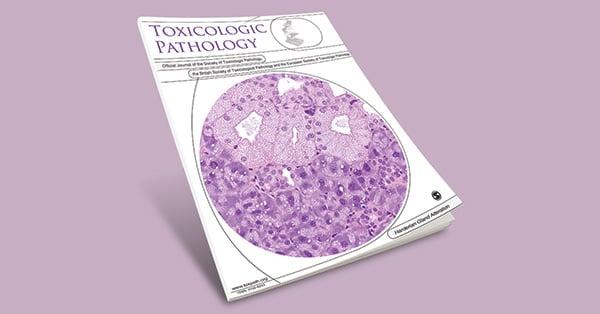
Cystic fibrosis-related diabetes (CFRD) is a common complication for people with cystic fibrosis (CF). It is important to be aware of the symptoms of CFRD, as early detection and treatment can improve overall health and quality of life.
In this article, we will explore the symptoms of CFRD in detail, as well as the importance of early diagnosis and management.
1. Increased Thirst
One of the early symptoms of CFRD is increased thirst. People with CFRD may find themselves constantly reaching for a glass of water or feeling dehydrated, despite drinking plenty of fluids. This excessive thirst is a result of the body’s inability to effectively regulate blood sugar levels.
If you notice a sudden increase in thirst and find yourself urinating more frequently, it is important to speak to your healthcare provider to rule out CFRD.
2. Frequent Urination
Frequent urination is another common symptom of CFRD. The body tries to rid itself of excess sugar by excreting it through urine. This leads to a higher volume of urine production and more frequent trips to the bathroom.
If you find yourself needing to urinate more frequently, especially at night, it is important to monitor this symptom and discuss it with your healthcare team.
3. Unexplained Weight Loss
Unexplained weight loss is a concerning symptom of CFRD. The body may be unable to properly utilize glucose for energy, leading to a depletion of fat and muscle stores. This can result in a noticeable and unintentional decline in weight.
If you are experiencing unexplained weight loss despite maintaining a healthy diet, it is important to seek medical evaluation to determine the underlying cause.
4. Fatigue and Weakness
Fatigue and weakness are common symptoms of CFRD. The body’s inability to effectively utilize glucose can lead to a lack of energy and overall weakness. This can impact daily activities and quality of life.
If you find yourself feeling tired and weak despite getting enough rest, it is important to discuss these symptoms with your healthcare provider to explore potential causes, including CFRD.
5. Blurred Vision
Blurred vision is a potential symptom of CFRD. Elevated blood sugar levels can impact the function of the eyes, leading to changes in vision. If you notice sudden changes in your vision, such as blurriness or difficulty focusing, it is important to seek medical evaluation.
Regular eye exams are important for individuals with CFRD to monitor for any changes in vision and address them promptly.
6. Slow Wound Healing
Slow wound healing can be a symptom of CFRD. Elevated blood sugar levels can impair the body’s ability to heal, leading to delayed recovery from injuries, cuts, or surgical procedures.
If you notice that your wounds are taking longer to heal than usual, it is important to discuss this symptom with your healthcare team to rule out CFRD as a potential contributing factor.
7. Increased Hunger
Increased hunger, especially shortly after eating, can be a sign of CFRD. The body’s inability to effectively utilize glucose can lead to feelings of hunger and an increased need for food, despite having just eaten.
If you notice a sudden increase in hunger that seems out of the ordinary, it is important to discuss this symptom with your healthcare provider for further evaluation.
8. Recurring Infections
Recurring infections, such as urinary tract infections, skin infections, or respiratory infections, can be a symptom of CFRD. Elevated blood sugar levels can weaken the immune system, making individuals more susceptible to infections.
If you find yourself experiencing frequent or recurring infections, it is important to speak with your healthcare provider to determine the underlying cause and explore potential management strategies, including the evaluation of CFRD.
9. Nausea and Vomiting
Nausea and vomiting can be symptoms of CFRD. Fluctuations in blood sugar levels can impact the function of the digestive system, leading to feelings of nausea and episodes of vomiting.
If you experience persistent or recurrent episodes of nausea and vomiting, it is important to seek medical evaluation to explore potential causes, including CFRD.
10. Tingling or Numbness
Tingling or numbness, particularly in the hands and feet, can be a symptom of CFRD. Elevated blood sugar levels can lead to nerve damage, resulting in sensations of tingling, numbness, or a “pins and needles” feeling in extremities.
If you experience tingling or numbness that is persistent or worsens over time, it is important to discuss these symptoms with your healthcare team for further assessment and potential management.

















